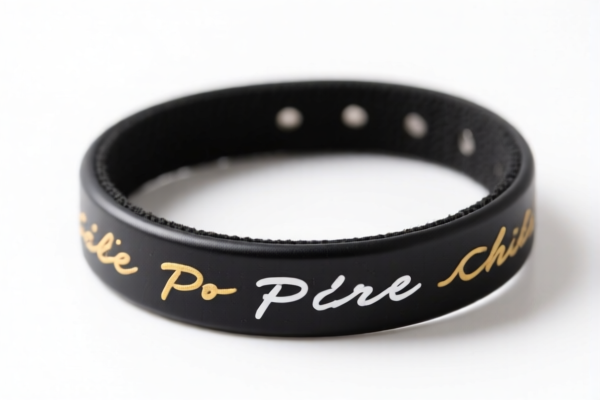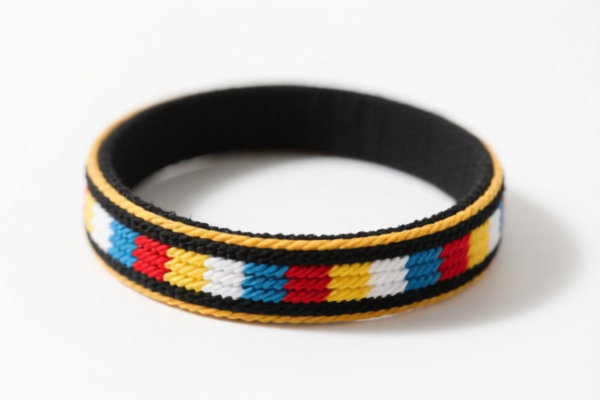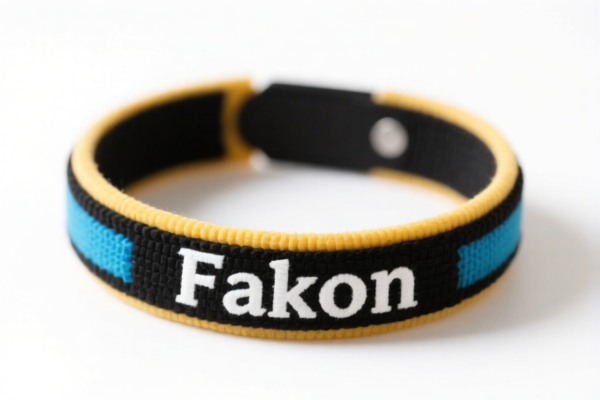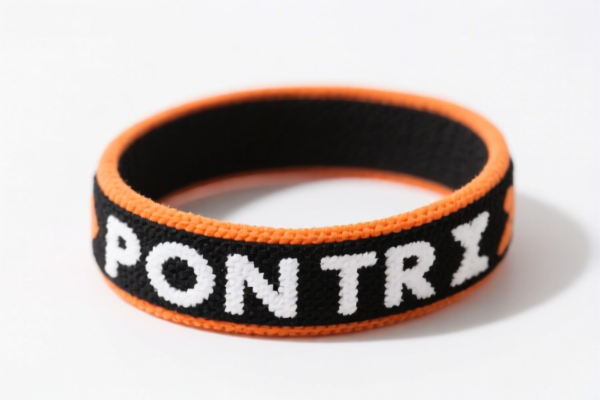| HS Code | Official Doc | Tariff Rate | Origin | Destination | Effective Date |
|---|---|---|---|---|---|
| 9503000071 | Doc | 30.0% | CN | US | 2025-05-12 |
| 9503000073 | Doc | 30.0% | CN | US | 2025-05-12 |
| 9606308000 | Doc | 61.0% | CN | US | 2025-05-12 |
| 9606220000 | Doc | 55.0% | CN | US | 2025-05-12 |
| 9620005000 | Doc | 60.3% | CN | US | 2025-05-12 |
| 9620005500 | Doc | 58.3% | CN | US | 2025-05-12 |
| 3926903300 | Doc | 36.5% | CN | US | 2025-05-12 |
| 3926904000 | Doc | 32.8% | CN | US | 2025-05-12 |
| 3916903000 | Doc | 61.5% | CN | US | 2025-05-12 |
| 3916905000 | Doc | 60.8% | CN | US | 2025-05-12 |




DIY Wristband Maker
A DIY wristband maker is a crafting tool used to create custom wristbands, typically from materials like rubber, plastic, or fabric. These makers cater to a range of skill levels, from beginners to experienced crafters, and enable the production of wristbands for personal use, gifts, or small-scale commercial ventures.
Materials
Wristband makers accommodate various materials, influencing the final product's durability, appearance, and application:
- Rubber/Silicone: Most common material, offering flexibility, water resistance, and longevity. Often used for charity bands, event identifiers, and fashion accessories.
- Plastic: Provides a firmer structure and is suitable for ID bracelets or more rigid designs.
- Fabric: Enables the creation of decorative or woven wristbands, often used for friendship bracelets or fashion statements.
- Paracord: Durable nylon cord used for survival bracelets and decorative bands.
Purpose
The primary purpose of a DIY wristband maker is to empower individuals to create personalized wristbands without requiring specialized equipment or extensive training. Common applications include:
- Charity/Awareness: Producing bands to raise funds or promote causes.
- Events/Identification: Creating bands for concerts, festivals, or conferences.
- Fashion/Accessories: Designing custom bands for personal style or gifts.
- Crafting/Hobbies: A creative outlet for individuals interested in jewelry making or textile arts.
- Survival/Utility: Producing paracord bracelets with integrated tools or emergency features.
Function
DIY wristband makers typically function by employing one of several methods to form and secure the wristband material:
- Mold-Based Systems: Utilize molds with interlocking sections to shape the material. Rubber or silicone is often heated and poured or pressed into the molds.
- Looms: Feature pegs or slots to interweave fabric or paracord, creating braided or woven designs.
- Linking Systems: Employ interlocking links or connectors to assemble pre-cut bands or segments.
- Heat Fusion: Some systems use heat to fuse bands together, creating a seamless bond.
Usage Scenarios
- Home Crafting: Ideal for individuals or small groups creating wristbands as a hobby or for personal use.
- School/Camp Activities: Suitable for educational projects or recreational crafting sessions.
- Event Planning: Enables the creation of customized wristbands for event identification or access control.
- Retail/Small Business: Facilitates the production of wristbands for sale at craft fairs or online stores.
- Fundraising Events: Allows for on-site creation of charity wristbands, increasing engagement and donations.
Common Types
- Rubber Band Loom Kits: Popular for creating colorful rubber bands, often used for friendship bracelets or charms.
- Silicone Mold Kits: Provide molds for creating more durable and professional-looking silicone wristbands.
- Paracord Bracelet Makers: Feature jigs and tools for weaving paracord into survival or decorative bracelets.
- Fabric Weaving Looms: Enable the creation of intricate woven wristbands using various fabric types.
- Link-Based Band Makers: Utilize interlocking links or connectors for quick and easy assembly of pre-cut bands.
- Automatic Wristband Makers: More advanced machines that automate the process of creating silicone wristbands, suitable for larger-scale production.
Based on the provided information, determining the precise HS code for a "diy wristband maker" requires careful consideration of its materials and function. Here's a breakdown of potentially relevant HS codes, based solely on the content within the reference material:
- 9606308000: This code covers “Button molds and other parts of buttons; button blanks: Other”. If the wristband maker includes molds for creating button-like components for the wristbands, this could be applicable. The subheading indicates it’s for parts, not complete buttons.
- 3926903300: This code covers “Other articles of plastics and articles of other materials of headings 3901 to 3914: Other: Beads, bugles and spangles, not strung (except temporarily) and not set; articles thereof, not elsewhere specified or included: Handbags”. If the wristband maker produces beads or similar components used in the wristbands, and the maker itself is constructed of plastic, this could be relevant.
- 3926904000: This code covers “Other articles of plastics and articles of other materials of headings 3901 to 3914: Other: Imitation gemstones”. If the wristband maker produces imitation gemstones for use in the wristbands, and the maker itself is constructed of plastic, this could be relevant.
- 9606220000: This code covers “Buttons, press-fasteners, snap-fasteners and press-studs, button molds and other parts of these articles; button blanks: Buttons: Of base metal, not covered with textile material”. If the wristband maker produces buttons made of base metal, this could be relevant.
Important Considerations:
The total tax rate for 9606308000 is 61.0%. The total tax rate for 9606220000 is 55.0%. The total tax rate for 3926903300 is 36.5%. The total tax rate for 3926904000 is 32.8%.
It is crucial to determine the primary material of the wristband maker and the components it produces to select the correct HS code. If the maker is primarily plastic, codes within 392690 may be more appropriate. If it produces metal components, 9606220000 may be relevant. If it produces molds, 9606308000 may be relevant.
Customer Reviews
No reviews yet.